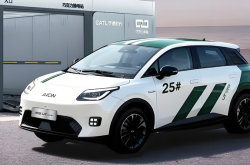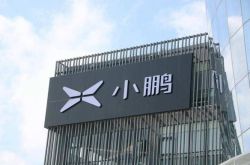New Forces in the Auto Industry Continue to Battle for Survival
![]() 02/10 2025
02/10 2025
![]() 581
581
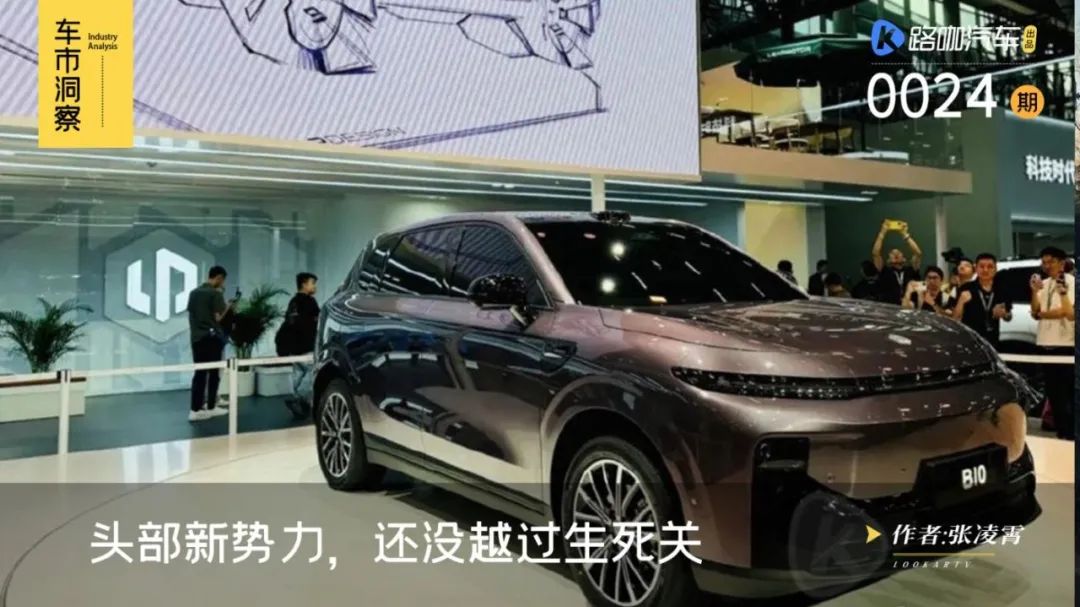
As the Year of the Snake approached, a year-end bonus coefficient for emerging automotive enterprises circulated online, hinting that high performers could receive bonuses equivalent to up to eight months' salary. Amidst the spectrum of human fortunes, some new automakers have crumbled, while others have surpassed traditional fuel vehicle companies in revenue. A decade into the new automotive era, the disparity between enterprises that started on the same footing now rivals the vastness of the Milky Way.
Just before the Lunar New Year, Leapmotor announced it had achieved its quarterly profitability target a year ahead of schedule, recording a positive net profit in the final quarter of 2024. Surprisingly, following Li Xiang, it was Zhu Jiangming—who once prioritized sales volume over profit—who led his company to profitability first.
He Xiaopeng once remarked that in the nascent stages, new automakers could not replace unmotivated traditional players but would inevitably encounter motivated traditional competitors later on. This prophecy has proven true. Leapmotor has disrupted the established trio of NIO, Xpeng, and Li Auto, ranking among the top three in new auto brand sales volume. Besides these four, the top ten sales volume brands also include Deepal, Zeekr, and Tengshi, alongside cross-sector players like Hongmeng Zhihang and Xiaomi.
As the elimination race enters its second half, have these sales leaders crossed the threshold of viability?
Is an annual sales volume of 300,000 vehicles the crucial benchmark for survival?
It is widely accepted within the industry that an annual sales volume of 300,000 vehicles marks the threshold for an automaker to bridge the scale gap and discuss profitability. In 2024, Leapmotor sold nearly 300,000 vehicles, while Li Auto surpassed this milestone in 2023.
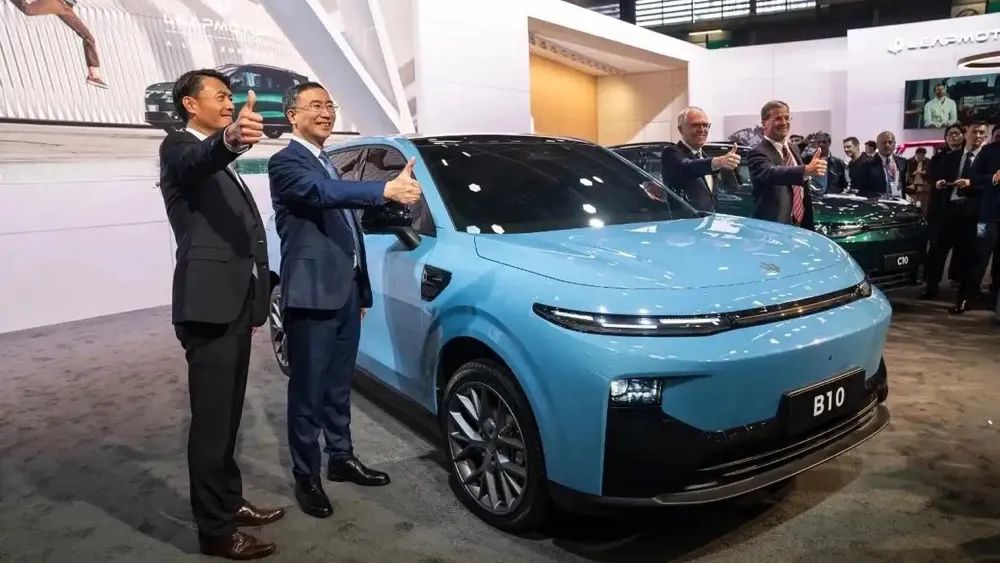
Using Tesla as a benchmark, it took seven years for the company to deliver over 100,000 vehicles to Chinese users after its first batch in 2014. However, in the subsequent year, Tesla's sales in China surged from 148,000 in 2020 to 323,000 in 2021, achieving multiple consecutive quarters of profitability.
If 300,000 vehicles are the benchmark, Li Auto and Leapmotor have led the pack in scaling this initial hurdle. NIO and Xpeng sold approximately 221,000 and 200,000 vehicles respectively in 2024, but both have set ambitious sales targets for 2025—440,000 and 350,000 vehicles, respectively. Their strategies for doubling sales differ: NIO will focus on its three brands (NIO, Letao, and Firefly), while Xpeng plans to launch seven new models in 2025 and enter the extended-range market.
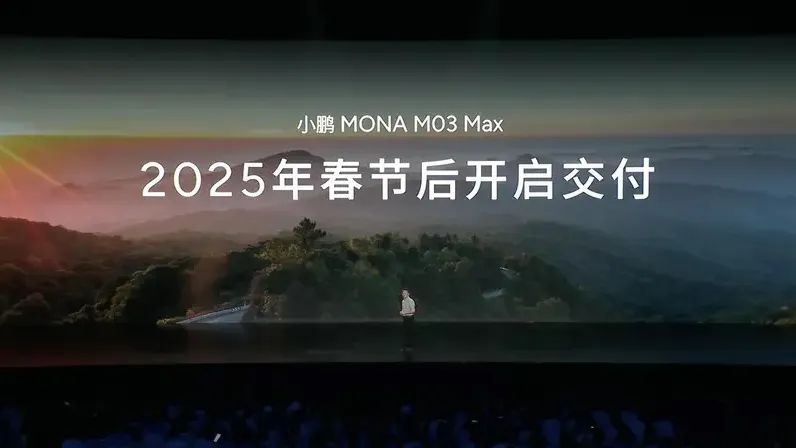
Prior to the price war, an authoritative research institution analyzed and concluded, referencing Tesla, that new auto brands would reach a profitability turning point at an annual sales volume of 60,000 to 180,000 vehicles. However, the price war that commenced in early 2022 disrupted this trajectory, accelerating the elimination race. In this brutal competition, every new automaker faces a life-or-death test. Brands like WM Motor, AITO, HiPhi, Nezha, and Jiyue have successively encountered crises, despite some selling over 100,000 vehicles.
Scale alone is insufficient, but the absence of scale is certainly detrimental. New automakers have reached the second checkpoint—annual sales of 300,000 vehicles—after surpassing the first at 100,000 vehicles. Does this mean they are increasingly distant from the line of viability?
In an interview, He Xiaopeng stated that it is only meaningful for new automakers to pursue profitability after firmly establishing themselves among the top three or five. Judging by the competitive landscape of the past two years, few new automakers confidently claim a top-three position. In 2023 alone, Nezha Automobile ranked tenth among new automakers with an annual sales volume of 127,000 vehicles.
The variables they face include Xiaomi, Hongmeng Zhihang, and cross-sector automakers, which constantly set new industry records for "fastest to complete 100,000 vehicles" and "fastest to reach 500,000 vehicles." Additionally, national team newcomers like Zeekr and Deepal are witnessing consistently rising deliveries.
Moreover, as Huawei's integration with traditional automakers deepens, resulting in the joint creation of more new models and even brands, those still in the game dare not relax.
Behind the talk of the elimination race lies the harsh reality that no one can guarantee survival.
Today, there are numerous judgments about the viability of new automakers. This is not surprising, as every member of the real automotive industry—be it executives, shareholders, finance professionals, R&D teams, car salespeople, or mechanics—is also an auto consumer.
Judging the viability of new automakers offers the significant benefit of minimizing one's asset losses while keeping pace with the times. The former aligns with human instinct, while the latter resonates with human nature.
However, it's noteworthy that while many use criteria like 300,000 vehicles sold and the presence of autonomous driving to assess viability, there are numerous paradoxes that render these views questionable.
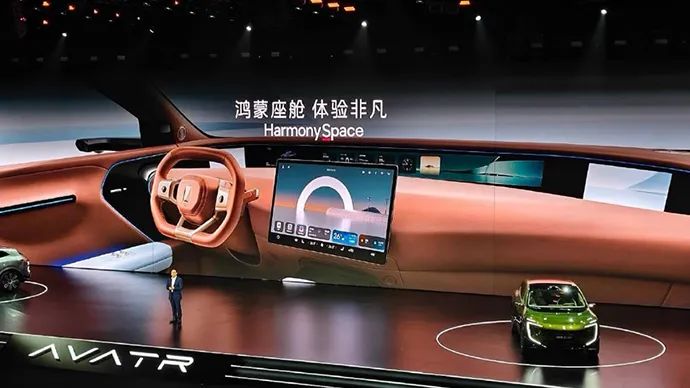
The automotive industry, with over 140 years of history, is governed by two decisive factors: capital and cost. Capital represents the financial resources possessed by automakers, akin to a blood bank. Sufficient funds enable higher fault-tolerant business and technical decisions. New automakers globally face a similar situation: the previous globalized structure has crumbled, and speculative capital in the markets is gradually shifting away from the smart auto industry towards supercomputing, general robots, and beyond. Obtaining excess financing is becoming increasingly challenging for new automakers, making self-reliance imperative.
At this juncture, standalone new automakers actually face greater pressure than those backed by giants or conglomerates. For instance, Xiaomi, Zeekr, AVIDA, Deepal, and the four sectors of Hongmeng Zhihang experience relatively less operational pressure.
From a cost perspective, it's not just about cost-effectiveness but also whether the technology is advanced and cost-efficient.
The former category includes Huawei Hongmeng Zhihang and Xiaomi, while the latter encompasses Leapmotor and Xpeng. Those who can deeply integrate both aspects will undoubtedly stand out. Tesla and BYD are prime examples.
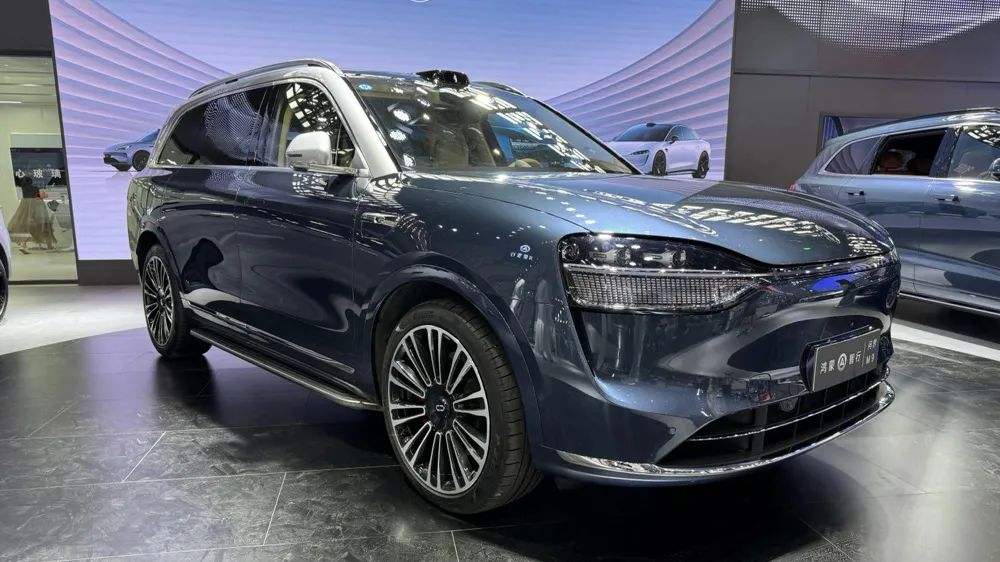
The challenges faced by new automakers also encompass consumer perception, reputation, technological iteration, and other aspects as they enter the realm of digital fast-moving consumer goods.
Regarding consumer perception and reputation, there's no need for elaboration. While brands like Tesla, Zeekr, and AITO have successfully turned the tide after setbacks, there are more negative examples.
Technological iteration implies that a substantial number of technologies are phased out annually. For instance, since around 2020, the mainstream endurance iteration of pure electric vehicle models has advanced by 50 to 100 kilometers per year. In 2020, the mainstream was 450 kilometers, rising to 500 kilometers in 2021 and 550 kilometers in 2022. In short, those who can balance the needs of old and new car owners across the three electric systems, intelligent driving, and the cabin—like Tesla—will have an edge.
In other words, regardless of who proposes the corresponding competitive slogan, it stems from anxiety. Since there is no clear development direction yet, and corresponding new laws, regulations, and supporting measures are lacking, everything is in flux. Therefore, seizing market share, influencing consumer perception, and shaping new public opinion alignments have become the most effective strategies.
Final Thoughts
So, among the new automakers, who has truly completed the journey and landed? The answer to this question is only 1.5.
One is Tesla, and 0.5 is Leapmotor. Currently, the mainstream competitive landscape is increasingly polarized. The first type of polarization is the classic second-place strategy. For instance, after Li Auto's refrigerator, TV, and large sofa strategy triumphed, it's visually evident that 17 similar products will be launched in 2025. Another example is the numerous enterprises now rated by public opinion as "following BYD's footsteps," efficiently replicating successful products and logic from leading enterprises while adding their unique flair.
Under such a business model, it's evident that no one dares to claim they can truly survive.

